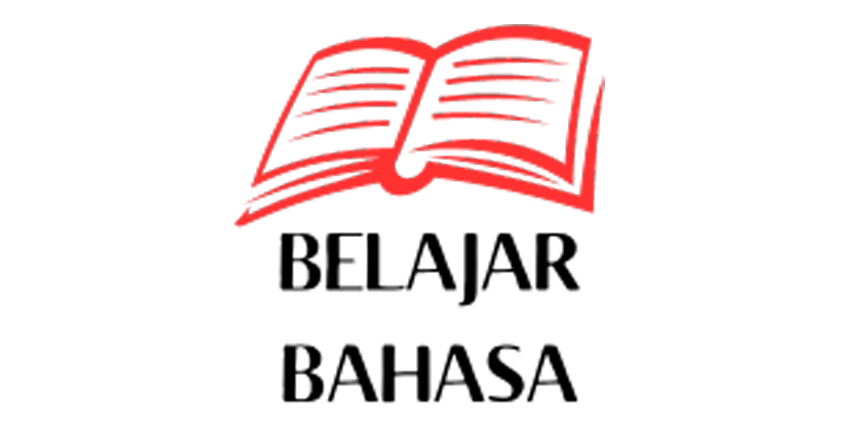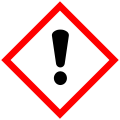| Strukturformel | |||||||||||||
|---|---|---|---|---|---|---|---|---|---|---|---|---|---|

| |||||||||||||
| Allgemeines | |||||||||||||
| Name | Xanthomegnin | ||||||||||||
| Andere Namen |
| ||||||||||||
| Summenformel | C30H22O12 | ||||||||||||
| Externe Identifikatoren/Datenbanken | |||||||||||||
| |||||||||||||
| Eigenschaften | |||||||||||||
| Molare Masse | 574,49 g·mol−1 | ||||||||||||
| Sicherheitshinweise | |||||||||||||
| |||||||||||||
| Wenn nicht anders vermerkt, gelten die angegebenen Daten bei Standardbedingungen (0 °C, 1000 hPa). | |||||||||||||
Xanthomegnin ist eine Verbindung aus der Gruppe der Mykotoxine und wird insbesondere in Arten der Schimmelpilzgattung Penicillium (Pinselschimmel) gebildet. Es wirkt nephrotoxisch (nierenschädigend) und hepatotoxisch (leberschädigend).
Eigenschaften
Die Verbindung ist ein dimeres 1,4-Naphthochinon. Es wurde gezeigt, dass Xanthomegnin dem Pilz Trichophyton rubrum in Abhängigkeit vom pH-Wert eine leuchtend rote oder gelbe Farbe verleiht.[2]
Xanthomegnin ist nephrotoxisch und hepatotoxisch. Die Aufnahme kann bei Tieren tödlich sein. Auf zellulärer Ebene beeinträchtigt das Toxin die Atmungskette.[3]
Vorkommen
Xanthomegnin wurde 1963 aus dem Dermatophyten Trichophyton megninii extrahiert.[4] Xanthomegnin wurde auch in menschlichen Nägeln und Hautmaterial gefunden, die mit Trichophyton rubrum infiziert waren.[3]
Das Toxin wird zudem in Arten der Gattungen Aspergillus und Penicillium gebildet (A. ochraceus, P. cyclopium, P. viridicatum),[5][6][7] ferner in Talaromyces.[6]
Als Stoffwechselprodukt von Schimmelpilzen, die auf Getreide wachsen, die als Lebens- und Futtermittel verwendet warden, ist Xanthomegnin als Mykotoxin im Tierfutter bedeutsam.[8]
Einzelnachweise
- ↑ a b Xanthomegnin. In: biomol.com. Abgerufen am 23. März 2025 (englisch).
- ↑ Oliver Blechert, Hailin Zheng, Xiaohui Zang, Qiong Wang, Weida Liu: Influence of the cultivation medium and pH on the pigmentation of Trichophyton rubrum. In: PLoS ONE. 2019, Band 14, Nummer 9, S. e0222333. doi:10.1371/journal.pone.0222333.
- ↑ a b Aditya K. Gupta, Iftikhar Ahmad, Ian Borst, Richard C. Summerbell: Detection of Xanthomegnin in Epidermal Materials Infected with Trichophyton rubrum. In: Journal of Investigative Dermatology. 2000, Band 115, Nummer 5, S. 901–905. doi:10.1046/j.1523-1747.2000.00150.x.
- ↑ F. Blank, W. C. Day, G. Just: Metabolites of pathogenic fungi. II. The isolation of xanthomegnin from Trichophyton megnini Blanchard 1896. In: The Journal of investigative dermatology. Band 40, März 1963, S. 133–137, PMID 13971503.
- ↑ Michael E. Stack, Philip B. Mislivec: Production of xanthomegnin and viomellein by isolates of Aspergillus ochraceus, Penicillium cyclopium, and Penicillium viridicatum. In: Applied and Environmental Microbiology. 1978, Band 36, Nummer 4, S. 552–554. doi:10.1128/aem.36.4.552-554.1978.
- ↑ a b Johan Vormsborg Christiansen, Thomas Isbrandt, Celine Petersen, Teis Esben Søndergaard, Mikkel Rank Nielsen, Tobias Bruun Pedersen, Jens Laurids Sørensen, Thomas O. Larsen, Jens C. Frisvad: Fungal quinones: diversity, producers, and applications of quinones from Aspergillus, Penicillium, Talaromyces, Fusarium, and Arthrinium. In: Applied Microbiology and Biotechnology. 2021, Band 105, Nummer 21–22, S. 8157–8193. doi:10.1007/s00253-021-11597-0.
- ↑ Richard C. Durley, Jake MacMillan, Thomas J. Simpson, Alasdair T. Glen, W. B. Turner: Fungal products. Part XIII. Xanthomegnin, viomellin, rubrosulphin, and viopurpurin, pigments from Aspergillus sulphureus and Aspergillus melleus. In: Journal of the Chemical Society. Perkin transactions I/Journal of the Chemical Society. Perkin transactions. I. 1975, Nummer 2, S. 163. doi:10.1039/p19750000163.
- ↑ Allen S. Carman, Shia S. Kuan, Octave J. Francis, George M. Ware, Alan E. Luedtke: Determination of Xanthomegnin in Grains and Animal Feeds by Liquid Chromatography with Electrochemical Detection. In: Journal of AOAC INTERNATIONAL. 1984, Band 67, Nummer 6, S. 1095–1098. doi:10.1093/jaoac/67.6.1095.









